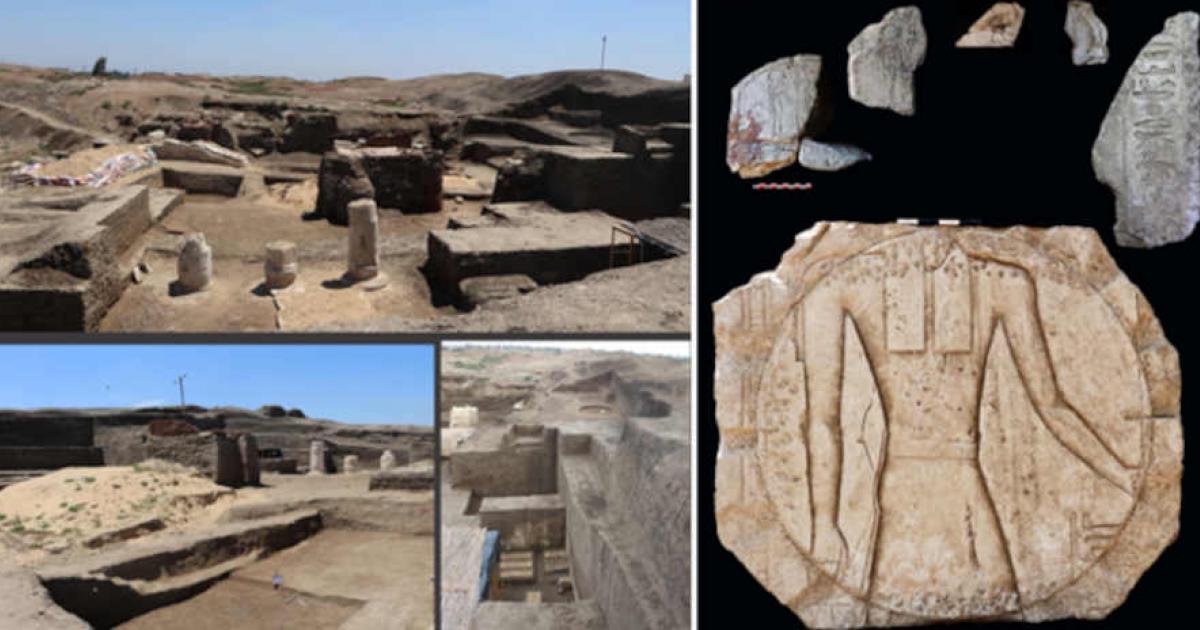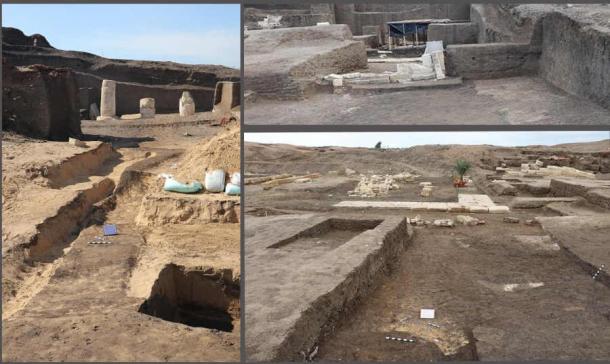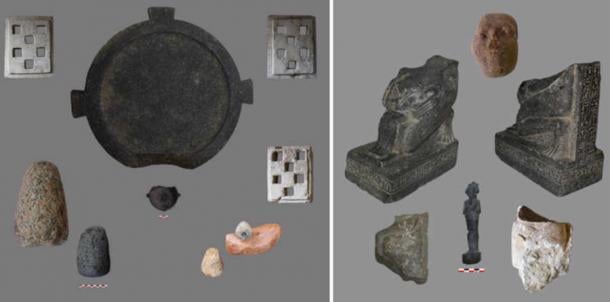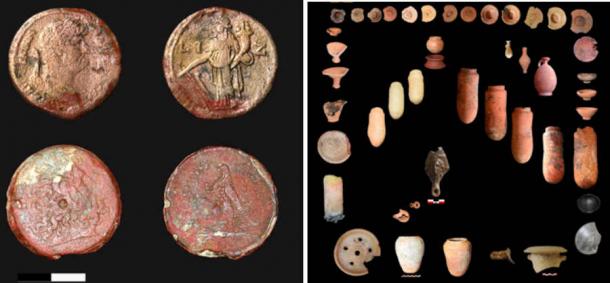In an exhilarating archaeological breakthrough, the Egyptian archaeological team from the Supreme Council of Antiquities has unveiled what is thought to be the earliest and largest astronomical observatory dating back to the 6th century BC. Situated at the Buto Temple in the Tell el-Faraeen region of Kafr El-Sheikh Governorate, this discovery illuminates the ancient Egyptians’ intricate knowledge of astronomy and their methods of timekeeping.
The observatory, built from mudbrick, showcases the advanced scientific understanding that ancient Egyptians possessed, particularly in tracking celestial movements and measuring time.
The Architecture and Functionality of the Observatory

This newly uncovered observatory is a remarkable architectural feat, specifically designed for observing and recording the movements of both the Sun and stars. According to a report from the Ministry of Tourism & Antiquities, the structure covers an impressive area of 850 square meters (9,149 square feet) and consists of a carefully arranged cluster of limestone tiles. Five levels of limestone blocks are positioned both vertically and horizontally, likely used to monitor the Sun’s inclination and track its path throughout the day. The design includes an east-facing entrance to capture the sunrise, along with a central hall that opens in an L-shape, bordered by a large, inward-leaning mudbrick wall.
Among the noteworthy finds within the observatory is a slanted stone sundial, or inclined shadow clock. This instrument was one of the main tools utilized by the ancient Egyptians to measure time, demonstrating their cleverness in timekeeping despite their limited technological resources. The sundial, along with other measuring devices found at the site, highlights how the ancient Egyptians were able to establish a solar calendar and mark significant dates for religious ceremonies and agricultural seasons.
Unveiling the Rich Cultural Context of the Observatory
The archaeological team also discovered a variety of artifacts that provide deeper insight into the religious and cultural practices linked to the observatory. A gray granite statue from the era of Wah Ib Ra, a pharaoh from the 26th Dynasty, was found within the observatory. This statue, belonging to the priest Bismatic Samman, depicts the god Osiris and features a royal seal title, indicating the priest’s elevated status and the religious importance of the observatory.

Additionally, excavations revealed a bronze figure of Osiris accompanied by a serpent, a terracotta statue, and a necklace representing the goddess Venus Minnet. These items, along with various pottery used in religious rituals, reflect not only the scientific pursuits associated with the observatory but also its role in the spiritual and ritualistic practices of ancient Egyptians.

The observatory has also been linked with monitoring seasonal changes. Inscriptions on a stone platform discovered in a circular hall within the observatory depict astronomical observations of sunrises and sunsets across three seasons. These engravings, alongside symbols such as “chen,” “cent,” and “Benu,” related to time and astronomy, imply that the observatory was vital in helping ancient Egyptians align their calendar with celestial cycles.
Implications for Understanding Ancient Egyptian Astronomy

The revelation of this observatory significantly enhances our comprehension of ancient Egyptian astronomy and scientific methodologies. Renowned for their achievements across multiple domains—architecture, medicine, and mathematics—this discovery further solidifies their reputation as early pioneers in cosmic studies. The sophisticated design of the observatory and the accuracy of its instruments underscore the advanced knowledge that existed in Egypt long before the Greco-Roman era.
Dr. Mohamed Ismail Khaled, Secretary-General of the Supreme Council of Antiquities, highlighted how important this discovery is for illustrating the ancient Egyptians’ astronomical expertise. The observatory’s functionality in tracking the solar calendar and determining key dates for religious ceremonies and state affairs exemplifies how their astronomical knowledge was practically applied in daily life.
A New Chapter in Egyptian Archaeology

The unearthing of this first and largest astronomical observatory from the 6th century BC in Kafr El-Sheikh represents a monumental milestone in Egyptian archaeology. This discovery not only showcases the advanced scientific capabilities of ancient Egyptians but also deepens our understanding of their cultural and religious practices. As excavations progress and further analyses are conducted, this site is set to unveil even more about the intricate world of ancient Egyptian astronomy and its fundamental significance in one of history’s most captivating civilizations.
Perspective through video

